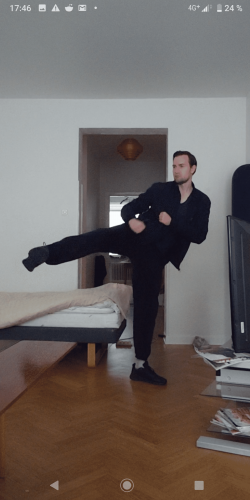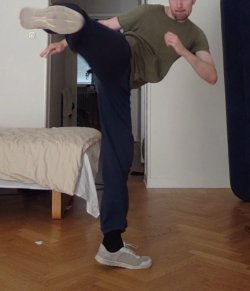jobo
Grandmaster
thats one of the reasons i drifted away from tkd, they put an over emphersis on something that was largely irrelevant to actualy fightingIn context, it could matter. If a style is built around high kicks (not saying TKD is - just throwing out a case), then someone who can't do high kicks probably shouldn't grade in that style. Whether that is an effective fighting approach would be a different argument, of course.



